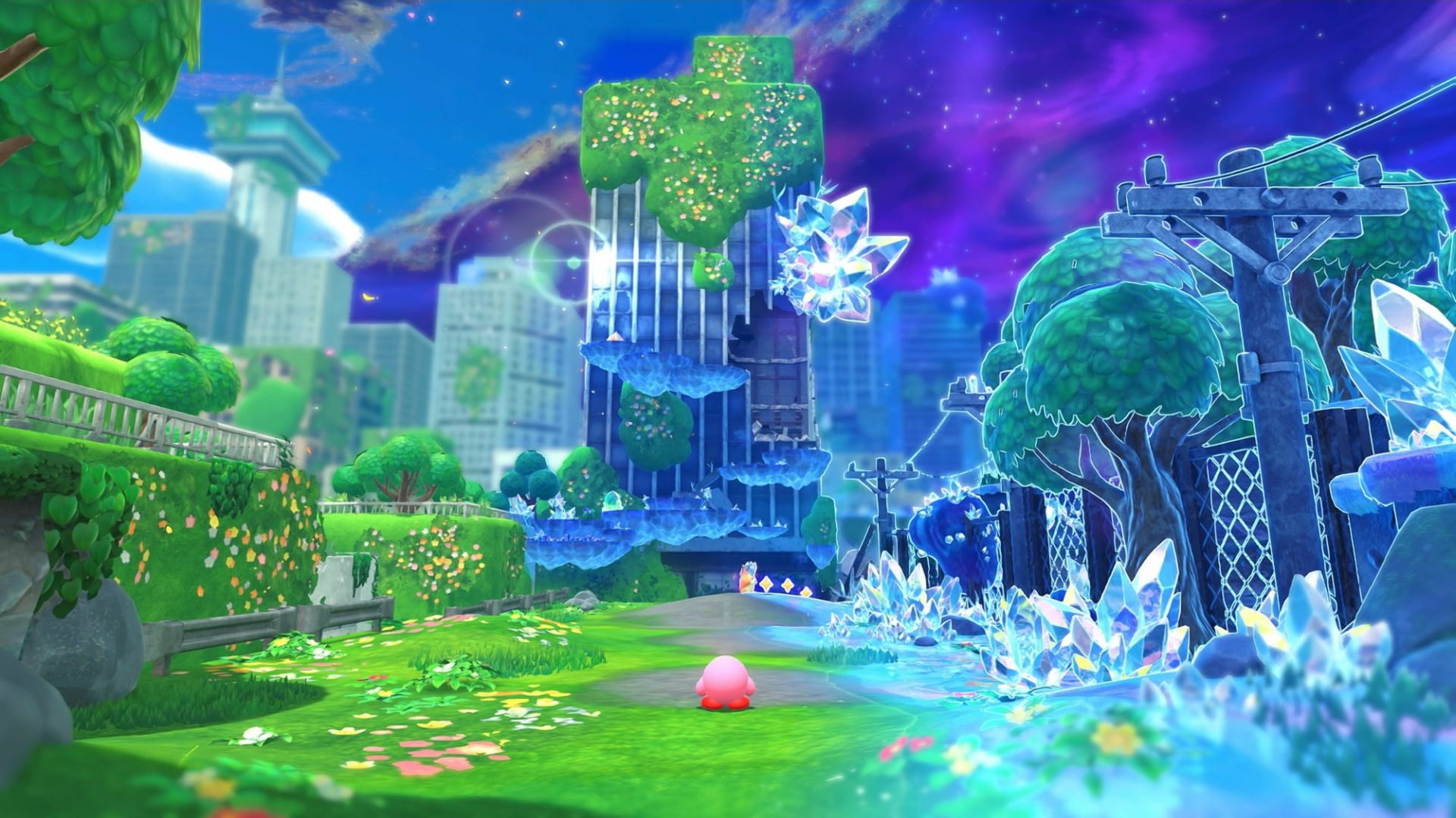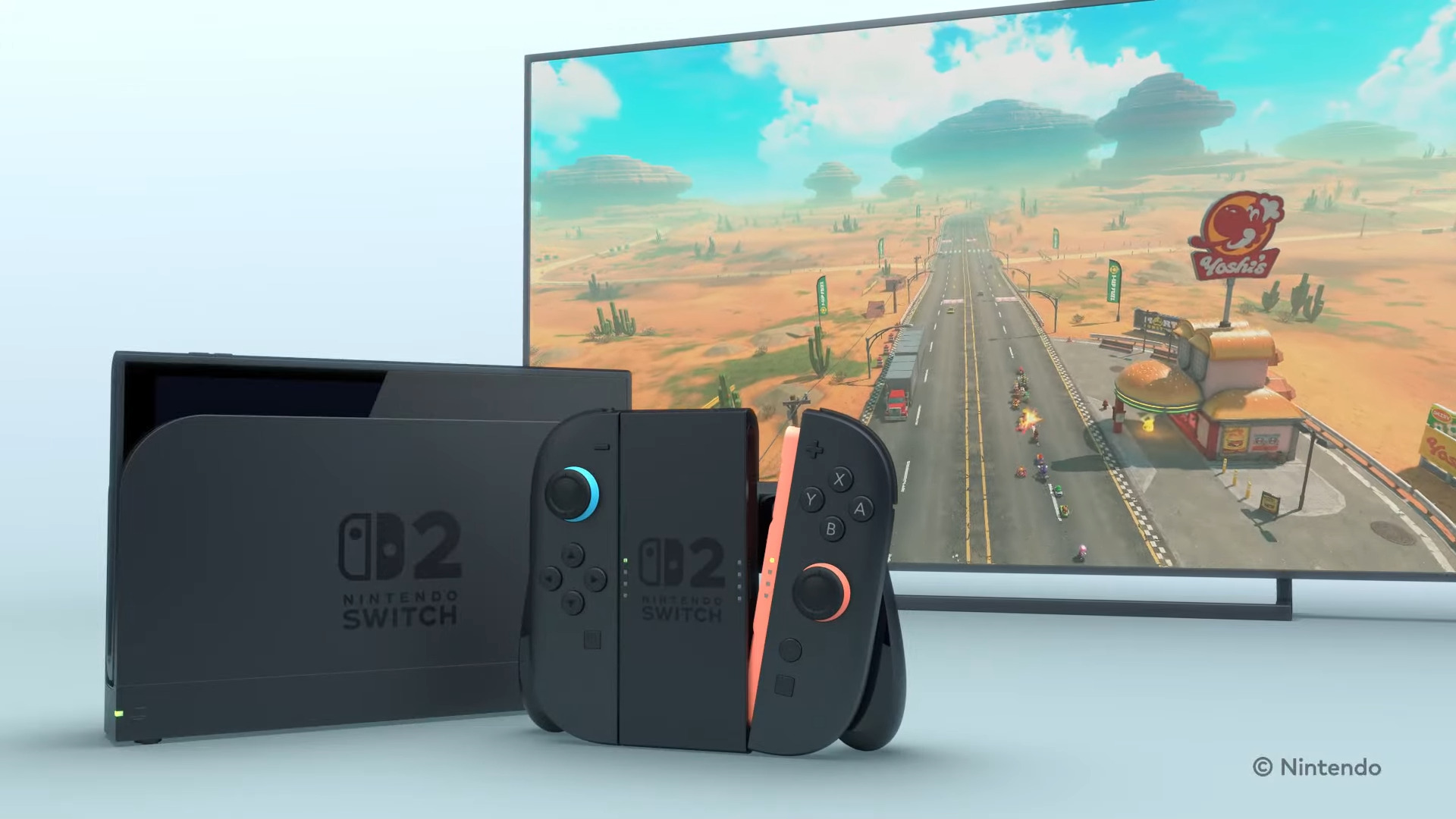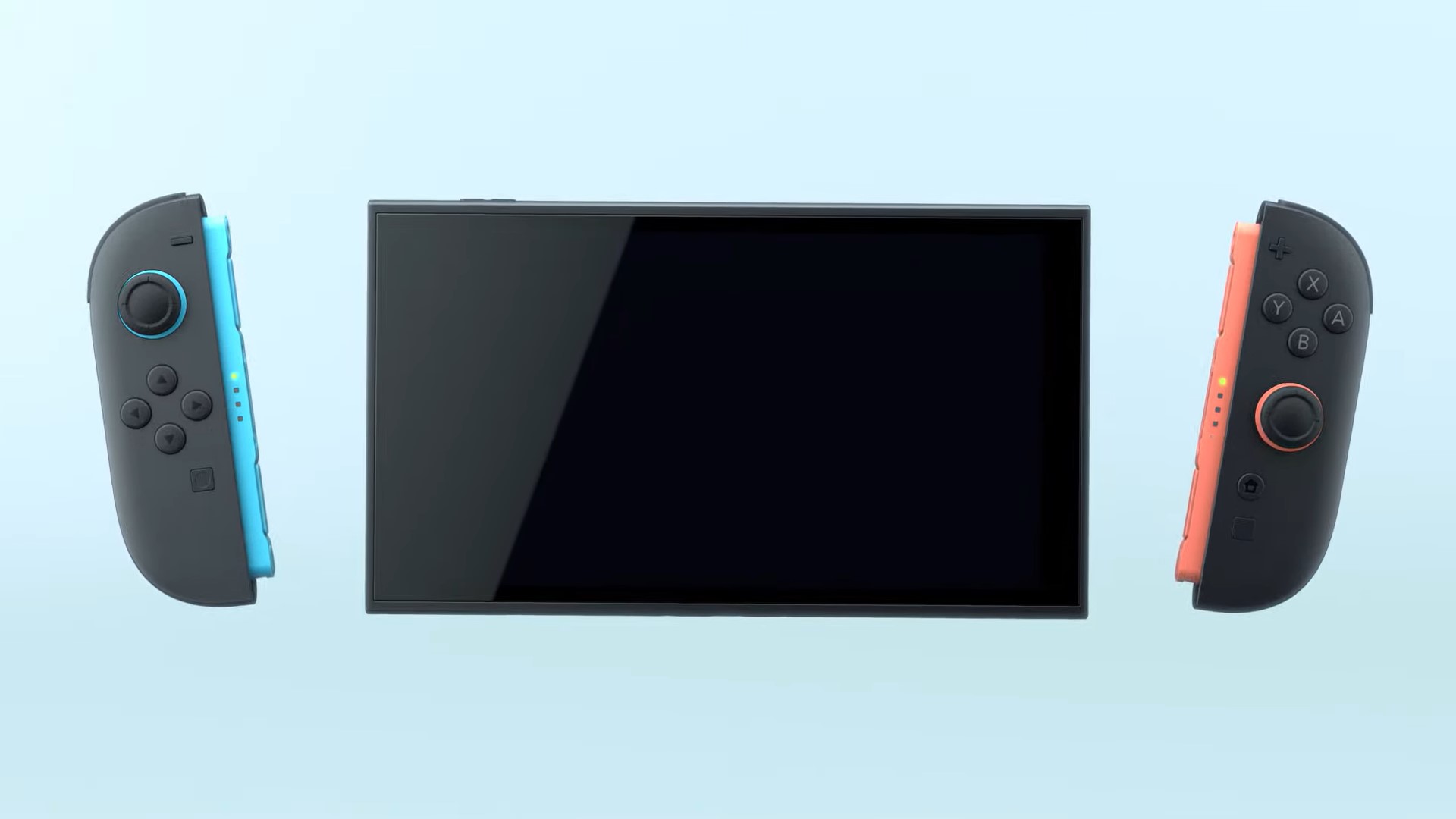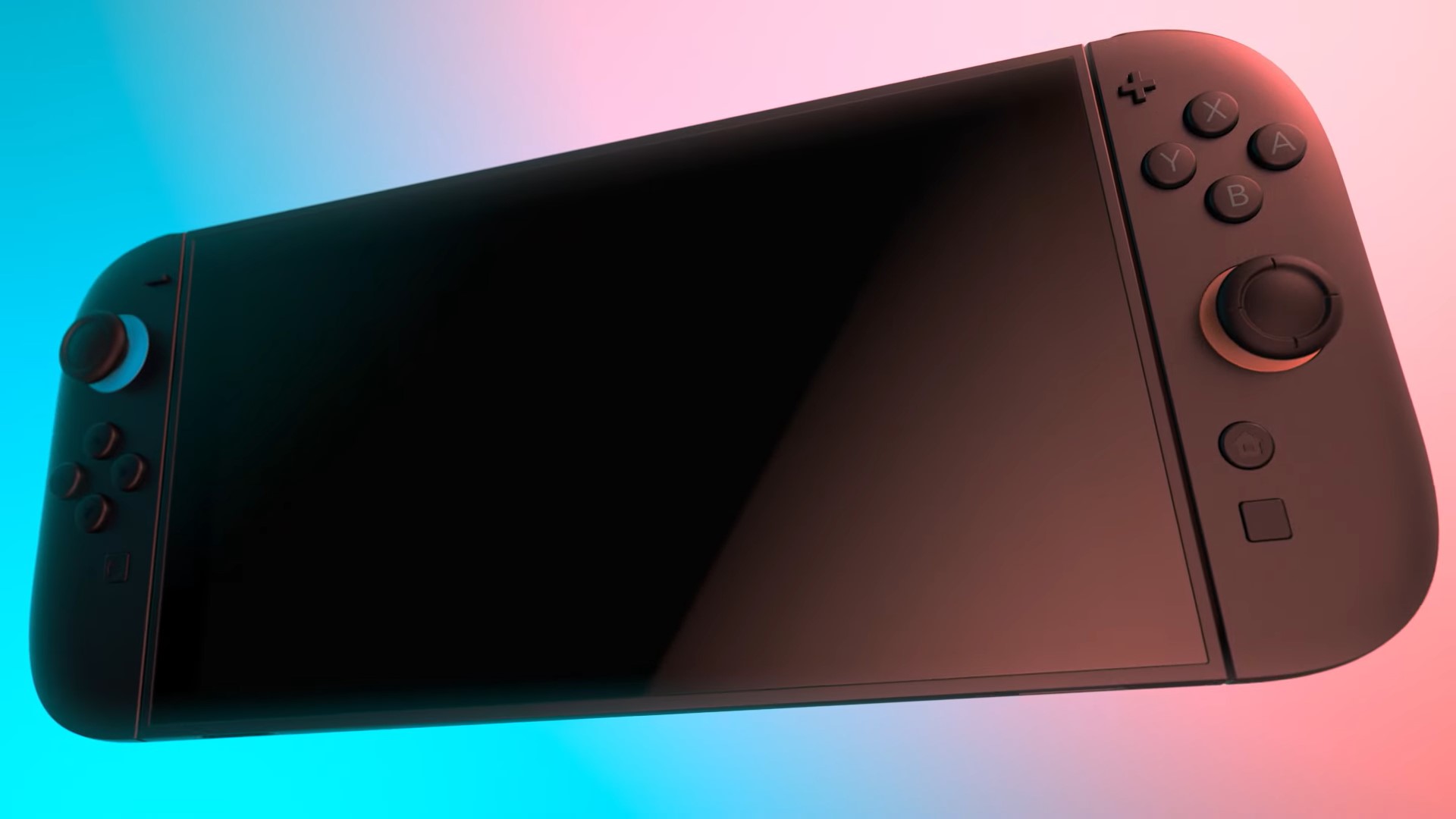Nintendo Switch 2 Specs vs Switch 1: CPU, GPU, and Other Upgrades Explained
The Nintendo Switch proved to be a massive comeback after the flopped Wii U, and the Japanese gaming giant sold hundreds of millions of units over the Switch’s surprisingly long 7-year lifecycle. After so many different rumours and reports, we finally have confirmation that a Switch 2 indeed exists and it is scheduled to drop this June.
While the Switch 2 shares much of the same DNA as its predecessor, there are definitely more than a few changes under its hood that make it so much better than what came before. With this feature, we will be taking a look at just that and comparing the Switch 2 to the original in a technical fashion.
CPU
[embedded content]
The original Switch used a custom Nvidia chip for the CPU that had 4 ARM Cortex A57 CPU cores alongside another 4 Cortex A53 CPUs that were disabled on the chip for some reason. The CPU clock speed would differ based on whether the Switch was in docked mode or portable mode. While the CPU definitely paled in comparison to the eighth-generation consoles, great use of multithreading capabilities allowed developers to port some rather heavy games to Nintendo’s hardware.
For the Switch 2, Nintendo is once again going back to Nvidia for a custom chip, but we are dealing with a much more powerful chip this time around. While Nintendo has not officially unveiled any concrete details about the internals of this chip, we can infer through reports that this is an 8-core chip that’s roughly based on the Nvidia Tegra T239 chip.
The Nintendo Switch 2 features 8 ARM78 CPUs, which is obviously double compared to the original. We don’t have any exact details on the operating frequency of these cores, but we do know that it would probably be paired back from the T239’s frequency to adapt for a portable machine that runs on low power. That being said, Nintendo Switch 2 is offering a significant upgrade in the CPU department, and current-gen games would be able to make use of these higher cores and threads to simulate complex physics or detailed open worlds.
GPU

Coming over to the graphics, Nintendo is once again retreading the same ground of going with an APU over two separate chips for the processing and graphics. The original employed a custom Nvidia chip that featured 256 CUDA cores running anywhere between 300 MHz to 700 MHz, depending on what mode the console was in. While having a dedicated chip makes more sense for a console in a traditional sense, given the hybrid nature of the machine, going the APU route is better in the long term.
The Nintendo Switch 2 also employs a custom Nvidia chip that shares the same architecture as Nvidia’s RTX 3000 series namely Ampere. Much like the CPU that we discussed before, not a lot is known about the GPU in an official capacity, but known details about the Tegra T239 chip can help gauge us what’s inside.
In terms of the CUDA cores, the Tegra T239 has 2048 of them but it has been paired back by some margin to make it work within the context of the Switch. Reports indicate something in the ballpark of 1500, which is still a massive upgrade since both the number of cores and the underlying architecture have seen massive changes. We would obviously need to know the operating frequency of these new CUDA cores to get a measure of raw TFLOPS output, but that’s sadly not available at this point in time.
Of course, Nvidia’s Ampere architecture supports hardware-accelerated ray-tracing, meaning developers can utilize this technology to create better-looking reflections and upgraded global illumination systems on the Switch 2. In addition to this, the Tegra GPU also has support for AI-aided upscaling options like DLSS, which is obviously a game-changer for maintaining performance without compromising on the visuals.
RAM And Memory
The original Switch featured a central memory pool that was shared across the CPU and GPU, totalling 4 GB of LPDDR4 memory. Much like how modern consoles function, the CPU and GPU can dynamically switch the amount of memory consumption based on requirements. Nintendo was able to achieve a lot with such a small memory pool, especially with games like The Legend of Zelda: Tears of the Kingdom, but it was definitely a limiting factor for the machine itself.
For the Switch 2, however, Nintendo is making some big changes to the memory module, bringing in 12 GB of LPDDR5 memory. The memory bandwidth has also improved thanks to the LPDDR5 nature of the memory, which makes it a lot faster than its predecessor.
Storage has also seen a big upgrade. Where the original Switch had a comparatively measly storage of 32 GB, the Switch 2 has bumped it up to a whopping 256 GB. On top of that, the storage is also UFS 3.1, which means that it is markedly faster than before. Of course, we can’t expect it to match the load speeds of a PCIe 4.0 SSD, but it’s still an upgrade nevertheless.
Battery And Charging Times
The Nintendo Switch might have been a lot less powerful than its bigger brothers the PS4 and Xbox One, but that was because of its portable nature. Nintendo used a 4,310 mAh battery on the original Switch, which served its purposes decently well. Battery life would vary wildly depending on what games you play, and that can range anywhere from just 2 hours to over 5 hours with light usage. And in terms of charging, the Nintendo Switch can take up to 3 hours to charge while in sleep mode.
In the upcoming Switch 2, the battery has been mildly bumped up to 5220 mAh, which isn’t all that great considering the otherwise solid improvements on the CPU and GPU side of things. Unsurprisingly, the battery life is expected to remain the same, ranging from anywhere between 2 and 6 hours, depending on use case. It’s also disappointing that Nintendo hasn’t introduced any sort of fast charging on the Switch 2, so it will still take around 3 hours to fully charge the system.
Display And Resolution/FPS Support

The original Switch features a 6.2-inch LCD screen with a resolution of 1280×720 running at a refresh rate of 60Hz, and on docked mode it would go up to 1920×1080 at 60Hz. The panel wasn’t very notable on the base model, but the Switch OLED listened to those qualms and bumped it to a 7-inch OLED panel with minimal bezels but still running at the same resolution and refresh rate.
A 60Hz refresh rate screen with a 720p sufficed for 2017, but much of that technology is clearly outdated at this time. Thankfully, Nintendo has done what is needed in that case, bringing us a bigger 7.9-inch LCD display that runs on 1920×1080 and has a 120Hz refresh rate. On the docked mode, the output resolution is now bumped up to a full fat 4K at 60Hz. The lack of an OLED panel might be disappointing for anyone coming from the Switch OLED model, but you are bound to notice some drastic improvements nevertheless.
Having a high-resolution display is definitely a game-changer, especially now that games will be running at much higher than 720p. Nvidia’s DLSS also continues to showcase great results with minimal artifacting, and this technology could work wonders when it comes to porting some of the biggest AAA games on the Switch 2.
What Kind of Impact Will The Improved Specs Have And Conclusion
Comparing the Nintendo Switch 2 to the PS5 and Xbox Series X would be like comparing apples to oranges, so there’s really no sense in doing that. Nintendo Switch 2 is not a powerhouse by any means, but Nintendo has definitely taken the best aspects of current-gen technology such as hardware-accelerated ray tracing and DLSS, and crafted a system that’s quite potent even with its inherent limitations.
All in all, upgrades to the Switch 2 are going to make quite a difference, and Nintendo is already making great use of the upgraded specs to create much bigger first-party experiences such as Mario Kart World or Donkey Kong Bananza. That’s not all, and upcoming ports of AAA giants like Cyberpunk 2077 or Hogwarts Legacy are proof of that notion. And if the original’s popularity is anything to go by, more and more developers will flock to port their games over to the Switch 2 once the install base grows with time.
At $450, the Switch 2 definitely costs a premium over the original, which launched at $300, but that seems to be the industry standard for a current-gen console. The recently announced hike in game prices continues to be a point of contention amongst fans, but that doesn’t dim any excitement that we are having towards experiencing what this new console has to offer.


Comments are closed.